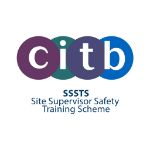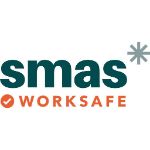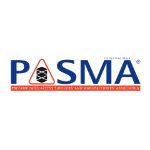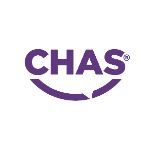Health & Safety
We take health & safety very seriously and are pleased to report zero accidents since we started cleaning buildings in 2008
CHAS accredited and full liability insurance up to 10 Million
All our staff have CSCS cards. They are trained and equipped with the relevant safety clothing and materials to work on site
Risk Assessments & Method Statements are carried out and produced for individual sites prior to the commencement of our work
Our staff are trained and insured and have received adequate training in Safety, COSHH and working at height training
Get a Quote For Your Project
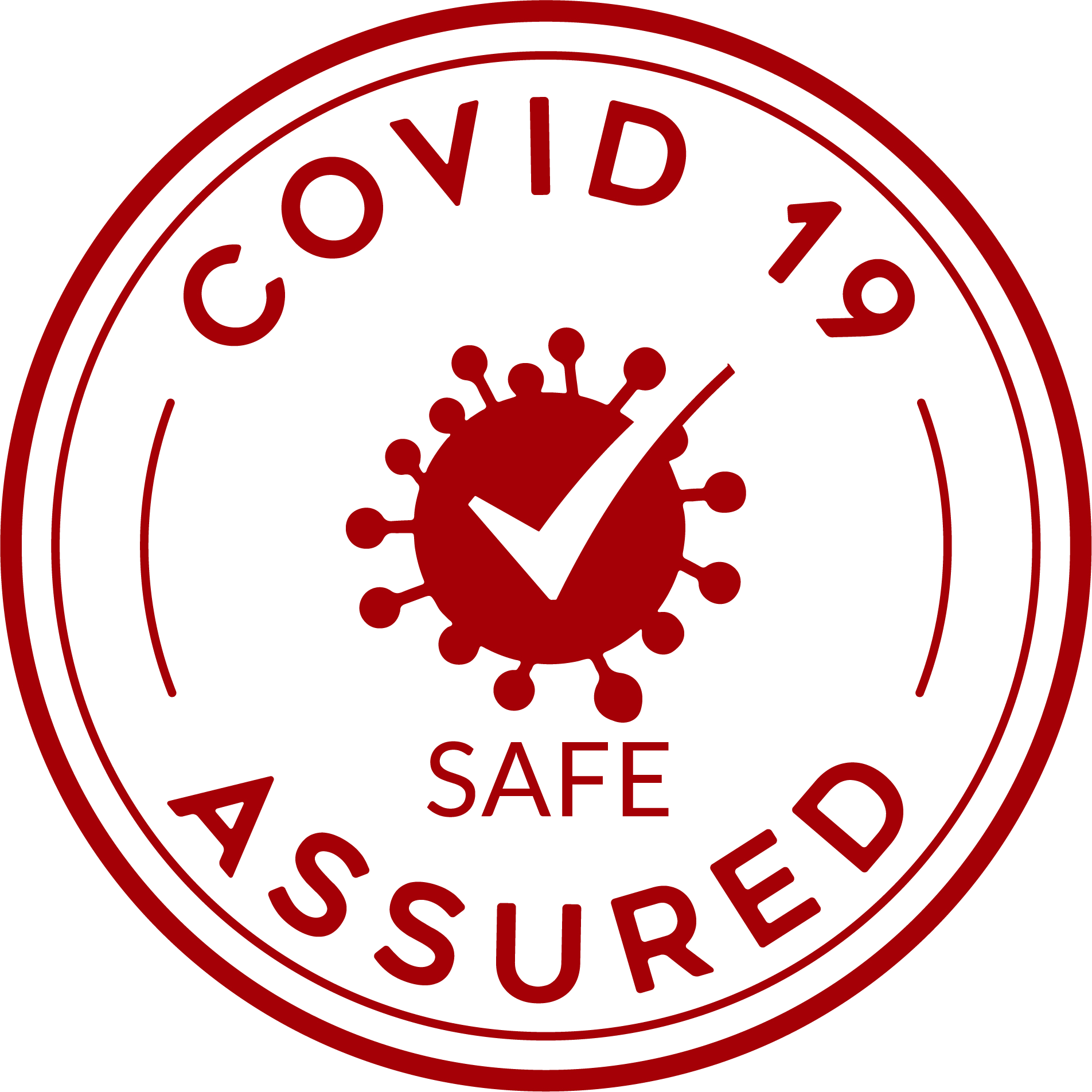
COVID SAFE ASSURANCE
Since the outbreak of Covid-19 in March 2020 Site Project Cleaning have added additional process and safety measures in place including the following:
- Investing in additional safety and safe system of works on sites
- Investing in CITB Talent Retention Scheme
- Developing distance learning training to support new starters
- Provide and promote effective guidance on site for all employees
- Standard Operating procedures on construction sites
- Provide, test, track and trace services for all employees
- Ease cash flow pressures and support supply chain
- Commit to responsible contractual behaviour
- Adoption of the conflict Avoidance Pledge
In addition to the above we also supply separate COVID-19 RAMS for all projects and follow the Construction Leadership Council’s safe system of work below:
Construction Sector – Site Operating Procedures
Protecting Your Workforce During Coronavirus (Covid-19)
Version 4 – 18 May 2020
These are exceptional circumstances and the industry must comply with the latest Government advice on
Coronavirus (Covid-19) at all times.
These Site Operating Procedures (SOP) are based on Government guidance on Working safely during
coronavirus (Covid-19) – Construction and other outdoor work; other restrictions and advice may apply in
Scotland, Wales and Northern Ireland.
Where workers enter people’s homes, they should follow the Government guidance on Working in Other
People’s Homes.
The HSE is the relevant enforcing authority for occupational health and safety legislation and guidance to
control public health risks in the construction sector. If a site is not consistently implementing the
measures set out by the Government, it may be subject to enforcement action.
Construction sites operating during the Coronavirus (Covid-19) pandemic need to ensure they are protecting their workforce and minimising the risk of spread of infection. This includes considering how personnel travel to and from site.
This guidance is intended to introduce consistent measures on construction sites of all types and sizes in line
with the Government’s recommendations on social distancing and ensure employers and individuals make every effort to comply.
Government guidance for employers in England states “where the social distancing guidelines cannot be followed
in full in relation to a particular activity, businesses should consider whether that activity needs to continue for
the business to continue to operate, and, if so, take all the mitigating actions possible to reduce the risk of
transmission between staff”.
The health and safety requirements of any construction activity must not be compromised at this time. If an activity
cannot be undertaken safely, it should not take place.
Emergency services are also under great pressure and may not be able to respond as quickly as usual. This
should be taken into consideration in the planning of work activities, first aid, fire and emergency responses.
Organisations must have in place effective arrangements for monitoring and reviewing their compliance with
Government and industry guidance. Sites should also remind the workforce at every opportunity of the Site
Operating Procedures which are aimed at protecting them, their colleagues, families and the UK population.
When to Travel to Work
For the foreseeable future, workers should continue to work from home rather than their normal physical
workplace, wherever possible. All workers who cannot work from home should travel to work if their workplace is
open. Sectors of the economy that are allowed to be open should be open, this includes construction,
manufacturing, logistics and distribution.
It is important to understand the following guidelines by which workers should or should not travel to work as
outlined below.
Social distancing Workers in the construction industry should follow the guidance on Staying Alert and
Safe (Social Distancing). Where they cannot work from home, they must follow
guidance on Staying Safe outside your Home while travelling to and from work and while at work.
Self-isolation Anyone who either has a high temperature or a new persistent cough or is within 14
days of the day when the first member of their household showed symptoms of
Coronavirus (Covid-19) should not come to site, but must follow the guidance on selfisolation.
Person at increased risk
Anyone who is clinically vulnerable to Coronavirus (Covid-19) is advised to stay at
home as much as possible and if they do go out, take particular care to minimise contact with others outside their household..
Persons defined on medical grounds as extremely vulnerable
Anyone identified as extremely clinically extremely vulnerable will be advised by their
health authority and must follow the guidance on shielding and protecting people who are clinically extremely vulnerable from Covid-19 .
Living with a person in one of the above groups
Anyone living with a person who is at increased risk of severe illness, or an extremely
vulnerable person who is shielding from Coronavirus (Covid-19), should stringently
follow the guidance on social distancing and minimise contact outside the home.
If someone falls ill
If a worker develops a high temperature or a persistent cough while at work, they should:
- Ensure their manager or supervisor is informed
- Return home immediately
- Avoid touching anything
- Cough or sneeze into a tissue and put it in a bin, or if they do not have tissues, cough and sneeze into the crook of their elbow.
They must then follow the guidance on self-isolation and not return to work until their
period of self-isolation has been completed.
Travel to Work
Wherever possible workers should travel to site alone using their own transport.
If workers have no option but to share transport:
- Journeys should be shared with the same individuals and with the minimum number of people at any one time
- Good ventilation (i.e. keeping the windows open) and facing away from each other may help to reduce the risknof transmission
- The vehicle should be cleaned regularly using gloves and standard cleaning products, with particular emphasis on handles and other areas where passengers may touch surfaces
Sites should consider:
● Parking arrangements for additional vehicles and bicycles
● Other means of transport to avoid public transport e.g. cycling
● Providing hand cleaning facilities at entrances and exits. This should be soap and water wherever possible or
hand sanitiser if soap and water are not available
● How someone taken ill would get home
● Where public transport is the only option for workers, you should consider:
o Changing and staggering site hours to reduce congestion on public transport
o Avoid using public transport during peak times (05:45 ‐ 7:30 and 16:00 ‐ 17:30)
Driving at Work
When travelling at work or between site locations, workers should travel alone. If workers have no option but to
share a vehicle, then they should:
● Share with the same individuals and with the minimum number of people at any one time
● Wherever possible maintain a distance of two metres and avoid touching their faces
● Maintain good ventilation (i.e. keeping the windows open) and face away from each other during the journey
● Wash their hands for 20 seconds using soap and water or hand sanitiser if soap and water are not available
before entering and after getting out of the vehicle
● Regularly clean the vehicle using gloves and standard cleaning products, with particular emphasis on handles
and other surfaces which may be touched during the journey.
Site Access and Egress Points
● Stop all non-essential visitors
● Consider introducing staggered start and finish times to reduce congestion and contact at all times
● Plan site access and egress points to enable social distancing – you may need to change the number of
access points, either increase to reduce congestion or decrease to enable monitoring, including in the case of
emergencies
● Introduce one-way systems
● Allow plenty of space between people waiting to enter site
● Use signage:
o such as floor markings, to ensure 2 metre distance is maintained between people when queuing
o reminding workers not to attend if they have symptoms of Coronavirus (Covid-19) and to follow guidelines
● Remove or disable entry systems that require skin contact (e.g. fingerprint scanners) unless they are cleaned
between each individual use
● Require all workers to wash their hands for 20 seconds using soap and water when entering and leaving thesite
● Regularly clean common contact surfaces in reception, office, access control and delivery areas e.g. scanners,
turnstiles, screens, telephone handsets and desks, particularly during peak flow times
● Reduce the number of people in attendance at site inductions and consider holding them outdoors whereverpossible
● Where loading and offloading arrangements on site will allow it, drivers should remain in their vehicles. Where
drivers are required to exit their vehicle, they should wash or sanitise their hands before handling any materials
● Consider arrangements for monitoring compliance.
Hand Washing
● Allow regular breaks to wash hands
● Provide additional hand washing facilities (e.g. pop ups) to the usual welfare facilities, particularly on a large
spread out site or where there are significant numbers of personnel on site, including plant operators
● Ensure adequate supplies of soap and fresh water are readily available and kept topped up at all times
● Provide hand sanitiser (minimum 60% alcohol based) where hand washing facilities are unavailable
● Regularly clean the hand washing facilities
● Provide suitable and sufficient rubbish bins for hand towels with regular removal and disposal.
Toilet Facilities
● Restrict the number of people using toilet facilities at any one time (e.g. use a welfare attendant) and use
signage, such as floor markings, to ensure 2 metre distance is maintained between people when queuing
● Wash or sanitise hands before and after using the facilities
● Enhance the cleaning regimes for toilet facilities, particularly door handles, locks and the toilet flush
● Portable toilets should be cleaned and emptied more frequently
● Provide suitable and sufficient rubbish bins for hand towels with regular removal and disposal.
Canteens and Rest Areas
Where possible, workers should be encouraged to bring their own food. They should also be required to stay on
site once they have entered it and avoid using local shops.
Where there are no practical alternatives, workplace canteens may remain open to provide food to staff with
appropriate adjustments for social distancing. Canteens should provide a takeaway service providing pre-prepared
and wrapped food only.
● Consider increasing the number or size of facilities available on site if possible
● The capacity of each canteen or rest area should be clearly identified at the entry to each facility, and where
necessary attendants provided to supervise compliance with social distancing measures
● Break times should be staggered to reduce congestion and contact at all times
● Drinking water should be provided with enhanced cleaning measures of the tap mechanism introduced
● Frequently clean surfaces that are touched regularly, using standard cleaning products e.g. kettles,
refrigerators, microwaves
● Hand cleaning facilities or hand sanitiser should be available at the entrance to any room where people eat
and should be used by workers when entering and leaving the area
● A distance of 2 metres should be maintained between users wherever possible. Seating and tables should
be reconfigured to reduce face to face interactions
● All rubbish should be put straight in the bin and not left for someone else to clear up
● Tables should be cleaned between each use
● Crockery, eating utensils, cups etc. should not be used unless they are disposable or washed and dried
between use
● Payments should be taken by contactless card wherever possible
● Canteen staff should wash their hands often with soap and water for at least 20 seconds before and after
handling food
● Canteen staff and workers may use the same rest areas if they apply the same social distancing measures
● Consider arrangements for monitoring compliance.
Changing Facilities, Showers and Drying Rooms
● Consider increasing the number or size of facilities available on site if possible
● Based on the size of each facility, determine how many people can use it at any one time to maintain a distance
of two metres
● Restrict the number of people using these facilities at any one time e.g. use a welfare attendant
● Introduce staggered start and finish times to reduce congestion and contact at all times
● Introduce enhanced cleaning of all facilities throughout the day and at the end of each day
● Provide suitable and sufficient rubbish bins in these areas with regular removal and disposal.
Work Planning to Avoid Close Working
In line with Government guidance, where the social distancing guidelines cannot be followed in full in relation to a particular activity, businesses should consider whether that activity needs to continue for the business to operate,
and, if so, take all the mitigating actions possible to reduce the risk of transmission between staff.
Sites and work need to be planned and organised to avoid crowding and minimise the risk of spread of infection
by following Government guidance and the advice within these Site Operating Procedures.
Sites should remind the workforce (e.g. at daily briefings) of the specific control measures necessary to protect
them, their colleagues, families and the UK population.
Hierarchy of Controls
If you are not able to work whilst maintaining a two metre distance, you should consider whether the activity should
continue and, if so, risk assess it using the hierarchy of controls below and against any sector-specific guidance.
The results of risk assessments should be shared with the workforce and this poster displayed in the workplace.
Eliminate • Workers who are unwell with symptoms of Coronavirus (Covid-19) should not travel
to or attend the workplace
• Rearrange tasks to enable them to be done by one person, or by maintaining social
distancing measures (2 metres)
• Avoid skin to skin and face to face contact
• Stairs should be used in preference to lifts or hoists and consider one ways systems
• Consider alternative or additional mechanical aids to reduce worker interface
Site Meetings
• Only absolutely necessary meeting participants should attend
• Attendees should be at least two metres apart from each other
• Rooms should be well ventilated / windows opened to allow fresh air circulation
• Consider holding meetings in open areas where possible
Reduce Where the social distancing measures (2 metres) cannot be applied:
• Minimise the frequency and time workers are within 2 metres of each other
• Minimise the number of workers involved in these tasks
• Workers should work side by side, or facing away from each other, rather than face to face
• Lower the worker capacity of lifts and hoists to reduce congestion and contact at all times
• Regularly clean common touchpoints, doors, buttons, handles, vehicle cabs, tools,equipment etc.
• Increase ventilation in enclosed spaces
• Workers should wash their hands before and after using any equipment Isolate Keep groups of workers:
• Together in teams e.g. do not change workers within teams
• As small as possible
• Away from other workers where possible
Control • Consider introducing an enhanced authorisation process
• Provide additional supervision to monitor and manage compliance
PPE Sites should not use RPE for Coronavirus (Covid-19) where the two metre social
distancing guidelines are met.
• Coronavirus (COVID-19) needs to be managed through social distancing, hygiene
and the hierarchy of control and not through the use of PPE
• Workplaces should not encourage the precautionary use of extra PPE to protect
against Coronavirus (COVID-19).
The Government has provided information on Face Coverings in section 6.1 of its
guidance Working safely during coronavirus (Covid-19) – Construction and other
outdoor work.
Behaviours The measures necessary to minimise the risk of spread of infection rely on everyone in
the industry taking responsibility for their actions and behaviours.
Please encourage an open and collaborative approach between workers and employers
on site where any issues can be openly discussed and addressed.
First Aid and Emergency Service Response
The primary responsibility is to preserve life and first aid should be administered if required and until the
emergency services attend.
● When planning site activities, the provision of adequate first aid resources must be agreed between the
relevant parties on site
● Emergency plans including contact details should be kept up to date
● Consideration must also be given to potential delays in emergency services response, due to the current
pressure on resources
● Consider preventing or rescheduling high-risk work or providing additional competent first aid or trauma resources.
Cleaning
Enhanced cleaning procedures should be in place across the site, particularly in communal areas and at touch
points including:
● Taps and washing facilities
● Toilet flush and seats
● Door handles and push plates
● Hand rails on staircases and corridors
● Lift and hoist controls
● Machinery and equipment controls
● All areas used for eating must be thoroughly cleaned at the end of each break and shift, including chairs, door
handles, vending machines and payment devices.
● Telephone equipment
● Key boards, photocopiers and other office equipment
● Rubbish collection and storage points should be increased and emptied regularly throughout and at the end
of each day.
Have a Project in Mind? Get in touch!
GET A QUOTE
Site Project Cleaning
Patten House, Moulders Lane, Warrington Cheshire WA1 2BA
01925 591 284
info@siteprojectservices.co.uk
Our Privacy Policy
